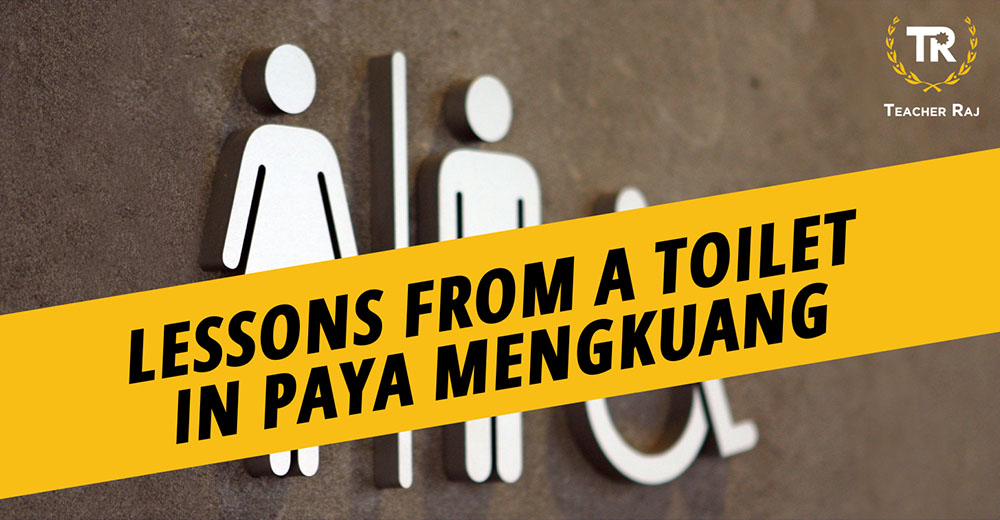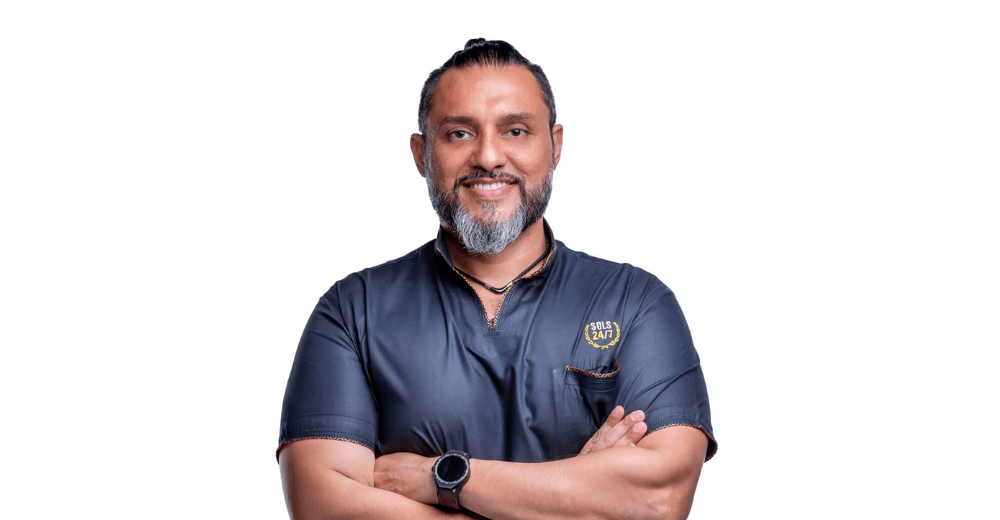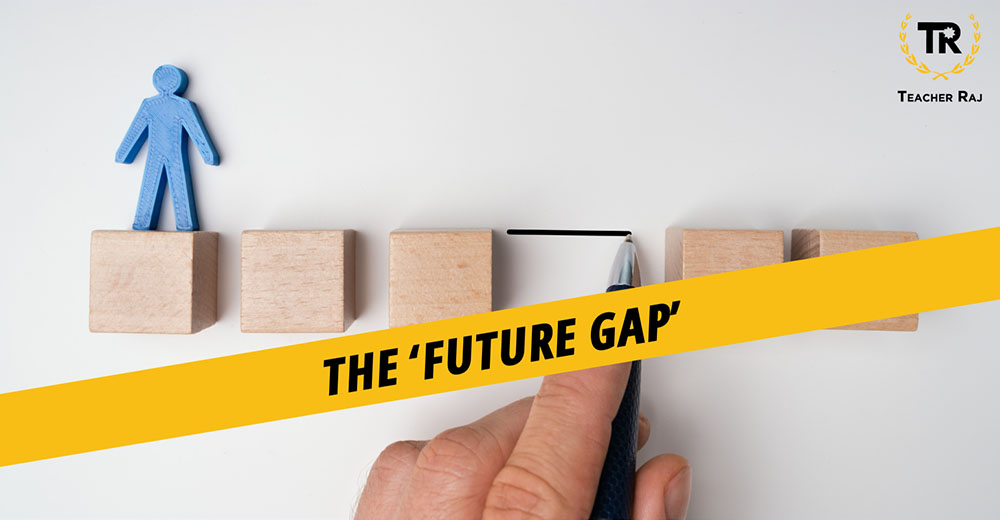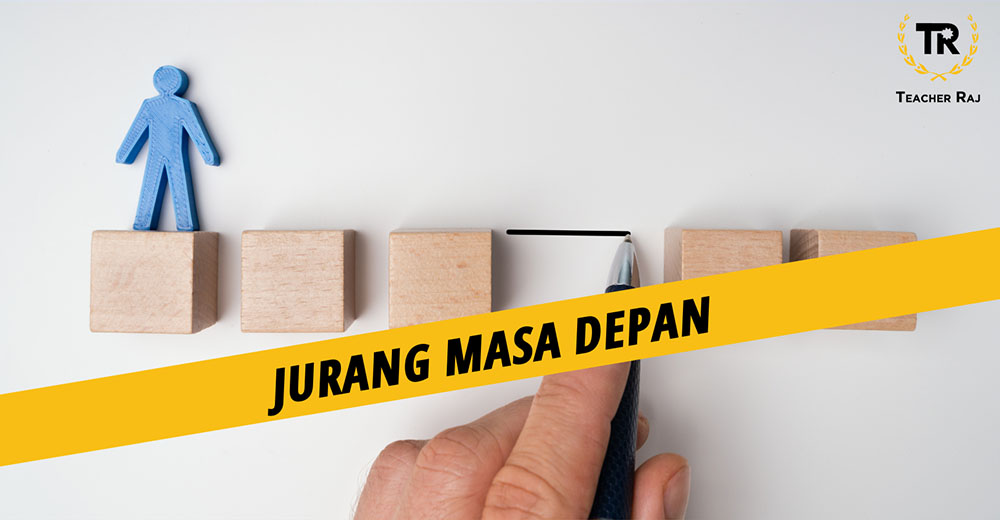When we think about poverty, we think about the lack or absence of basic necessities, such as food, water, electricity and shelter. There is no possession of, or access to, material resources required for survival and day-to-day living. And without these things, people will experience a lower quality of life and a shorter life expectancy.
These are things many of us possibly take for granted. These are things often expected, such as clean, running water. These days even WiFi is seen as a necessity many people cannot function without.
“But the glaring reality is that the state of Malaysia’s urban poor and indigenous communities is dismal.”
And the disparity is shocking. A mere 16km from the gleaming Petronas Twin Towers, once the tallest building in the world, is an indigenous community in Gombak. They cannot even afford the RM1.50 daily bus fare for their children to go to school. Imagine then, what it is like for the many indigenous communities who live hundreds of kilometres away from the capital city (or any other city or town for that matter), deep in the rainforests of Malaysia.
If poverty is a lack of material resources, then the obvious solution is to provide them. On a practical level, a basket of rice, tinned sardines and cooking oil will fill hungry stomachs for a week or two. To provide lasting change from the inside out, we need community development and economic empowerment.
“These give the tools for the communities to gain better prospects and opportunities.”
It can open many doors which were left previously closed.
Let me tell you a story. In 2016, we interviewed one of our volunteer teachers, who was working in an indigenous community in Paya Mengkuang, located near the western coast of Peninsular Malaysia, just outside the borders of Pahang. The village was deep in the jungle, and there was no running water. Alex, the volunteer teacher, and the entire village drank water pumped from under the ground into a well. There was one shower stall, and it had no walls, but there was a rickety tin roof at least – you wouldn’t want it to rain while you’re having a shower now, would you? The water for the shower was pumped from a nearby river. The houses had no electricity, so for light and heat they used flames from kerosene or battery-powered torches strapped to their foreheads.
Alex lived and taught in the community hall built by the government as part of a community development initiative, located right in the middle of the village. This building, however, had electricity and running water. It was the only place in the whole village that had it. This small building also contained the only modern toilet in the entire village. But the only person who used it was Alex. The villagers didn’t. They were afraid of it, and they didn’t see any point in using it when they could continue doing it the way they’ve always done it.
What then, is the significance of this experience? Firstly, we cannot say that their ways are wrong. How can they be? They have lived this way for more generations than anyone can count. What is significant though, is that this building with a toilet, a modern infrastructure that was built with good intentions and for a specific purpose of benefiting this community, hardly made any impact at all.
Donating to charity, providing infrastructure, building solar panels, building a new school; all these things are only half the solution. What is the use of a toilet if everyone is afraid of it? Provision of material resources can only go so far.
“We need to rethink how we do charity, and we need to rethink how we approach it.”
There is a deep need to first understand the community that we are helping. Good intentions are good, but we need to implement it in a way that truly benefits and transforms the community, if we are indeed sincere in our quest to uplift and empower them.







